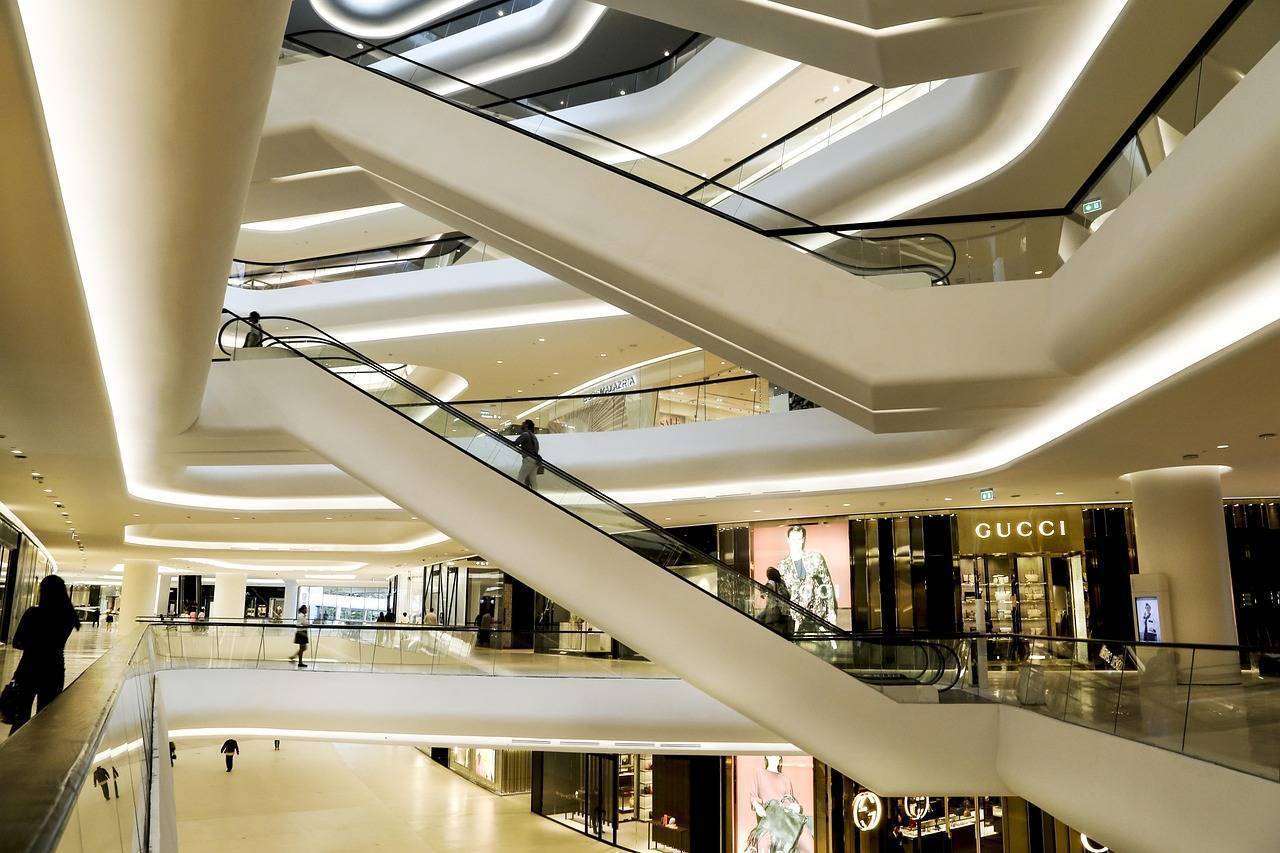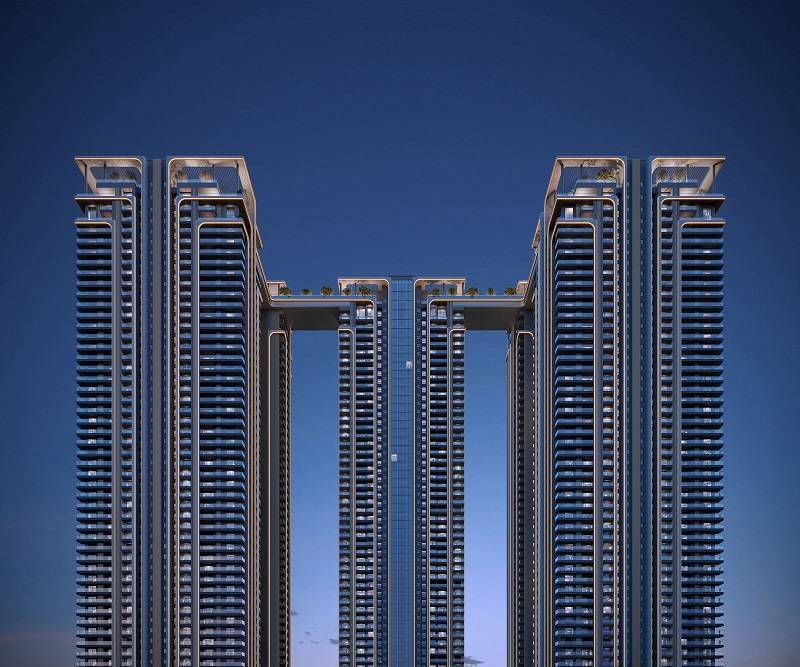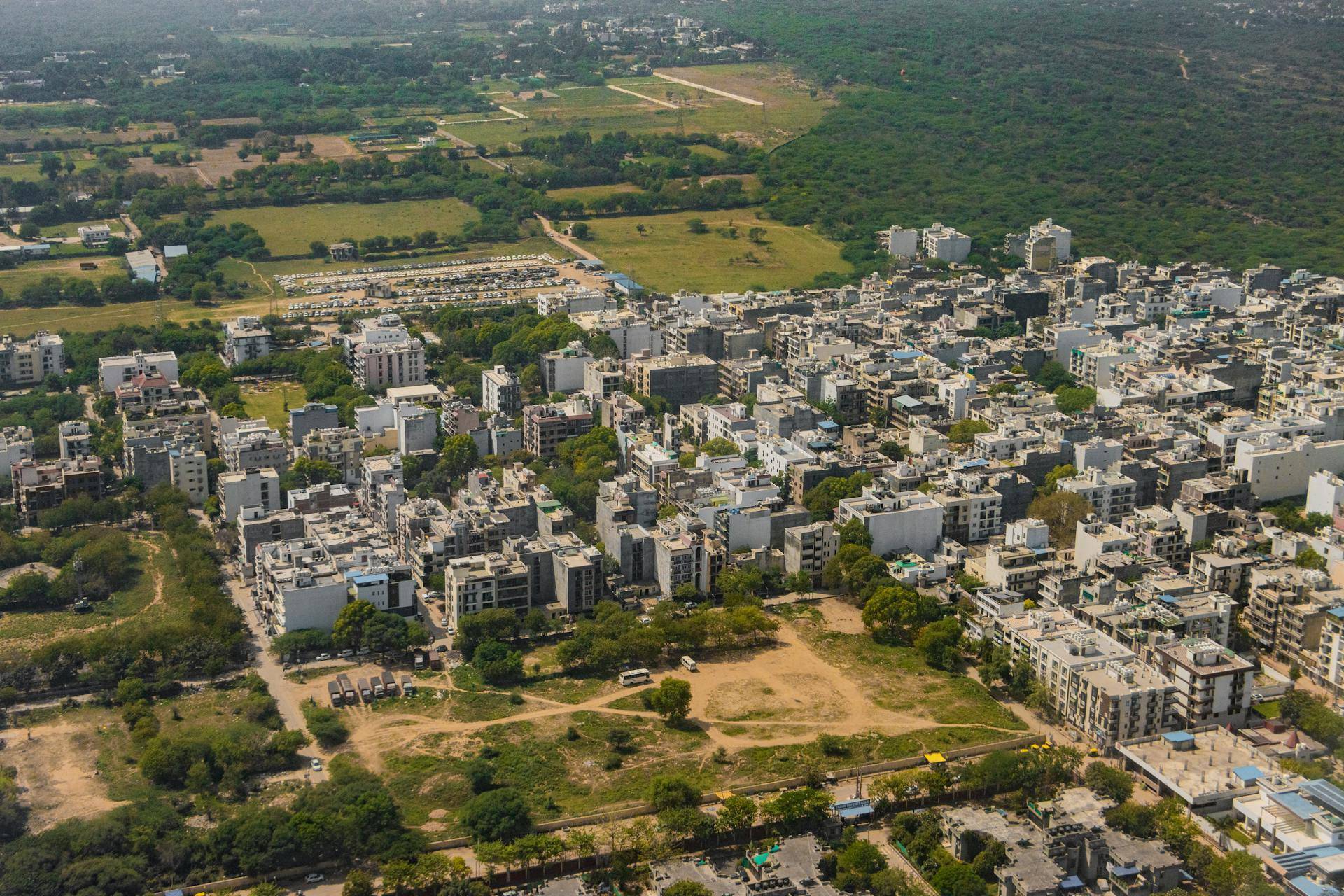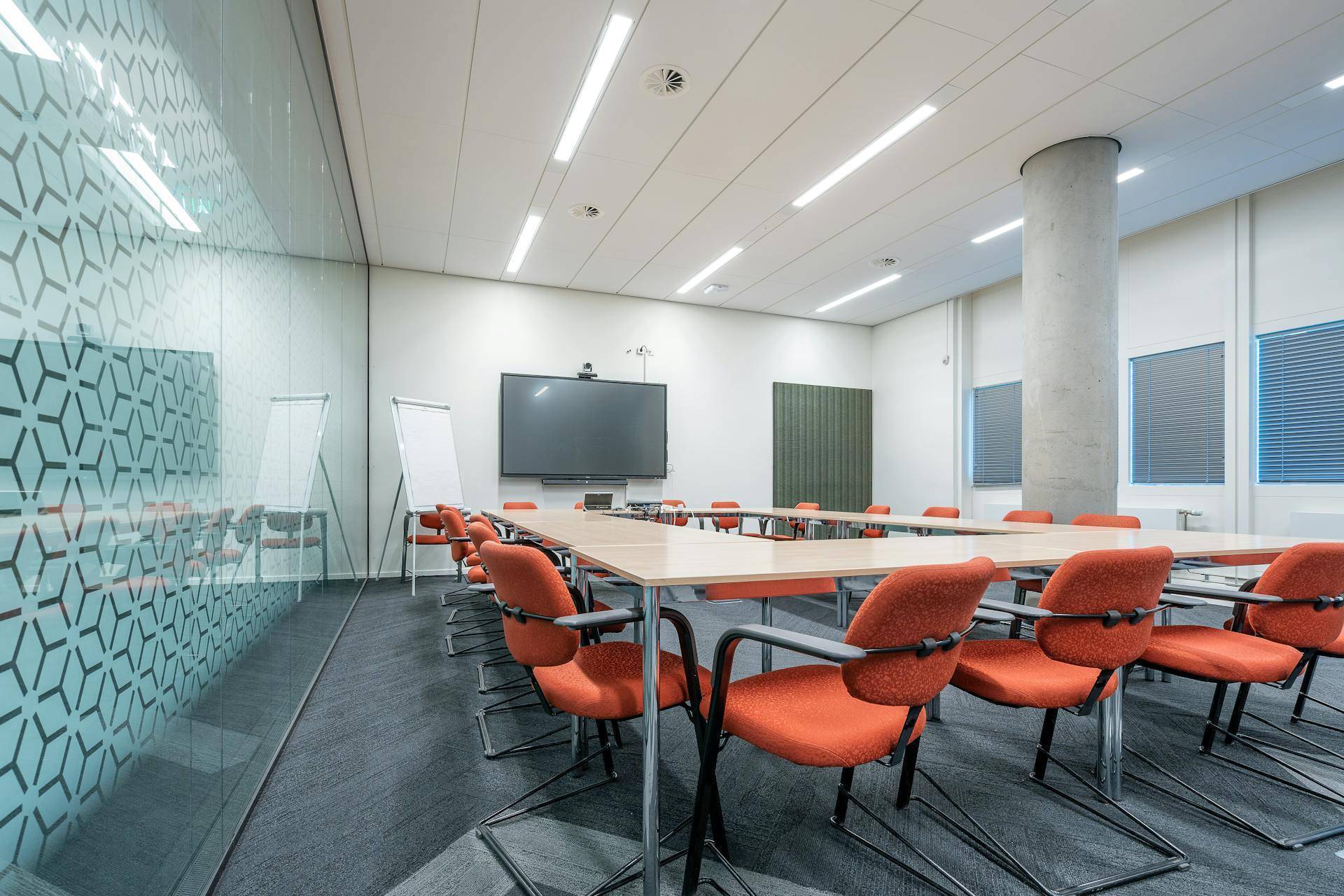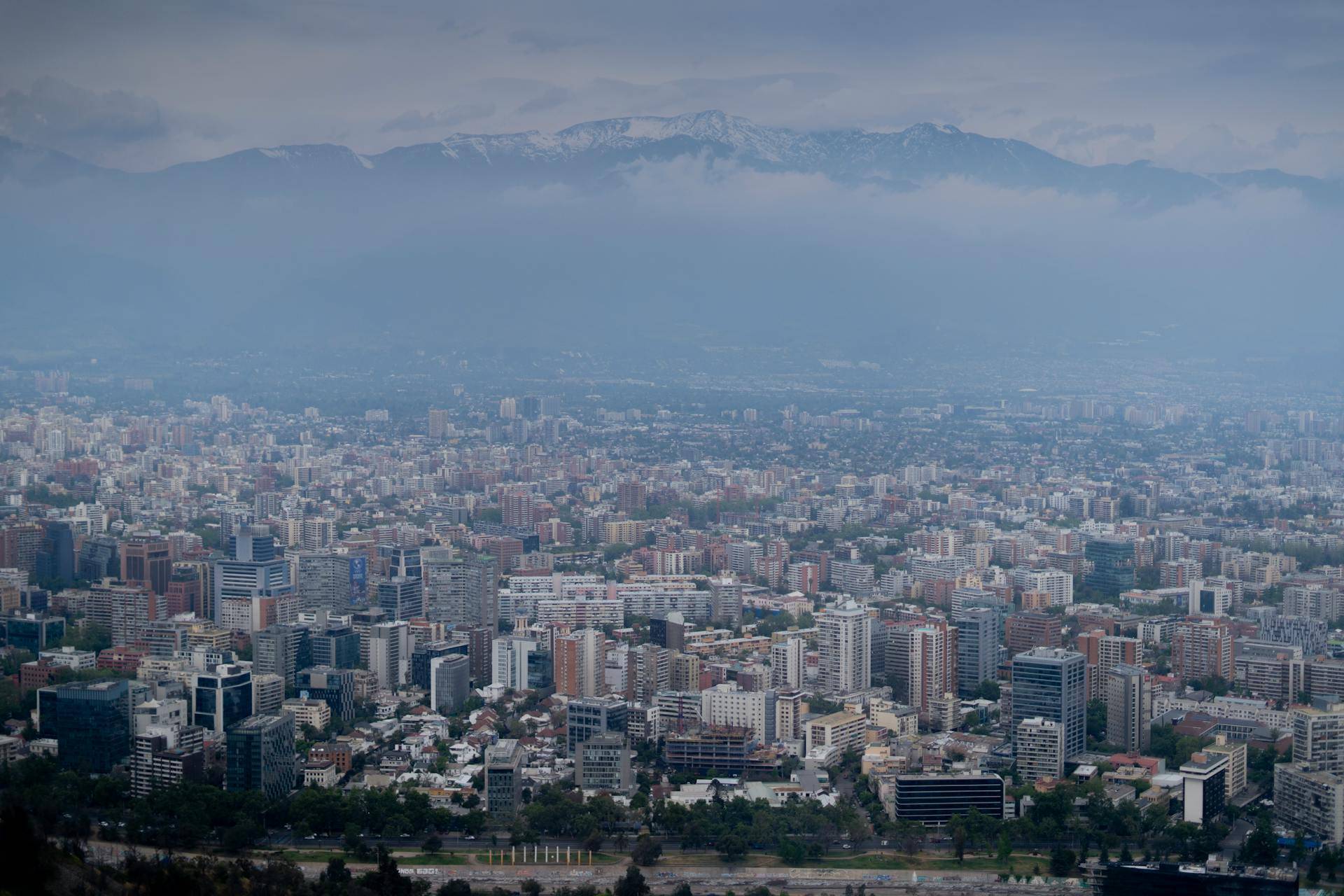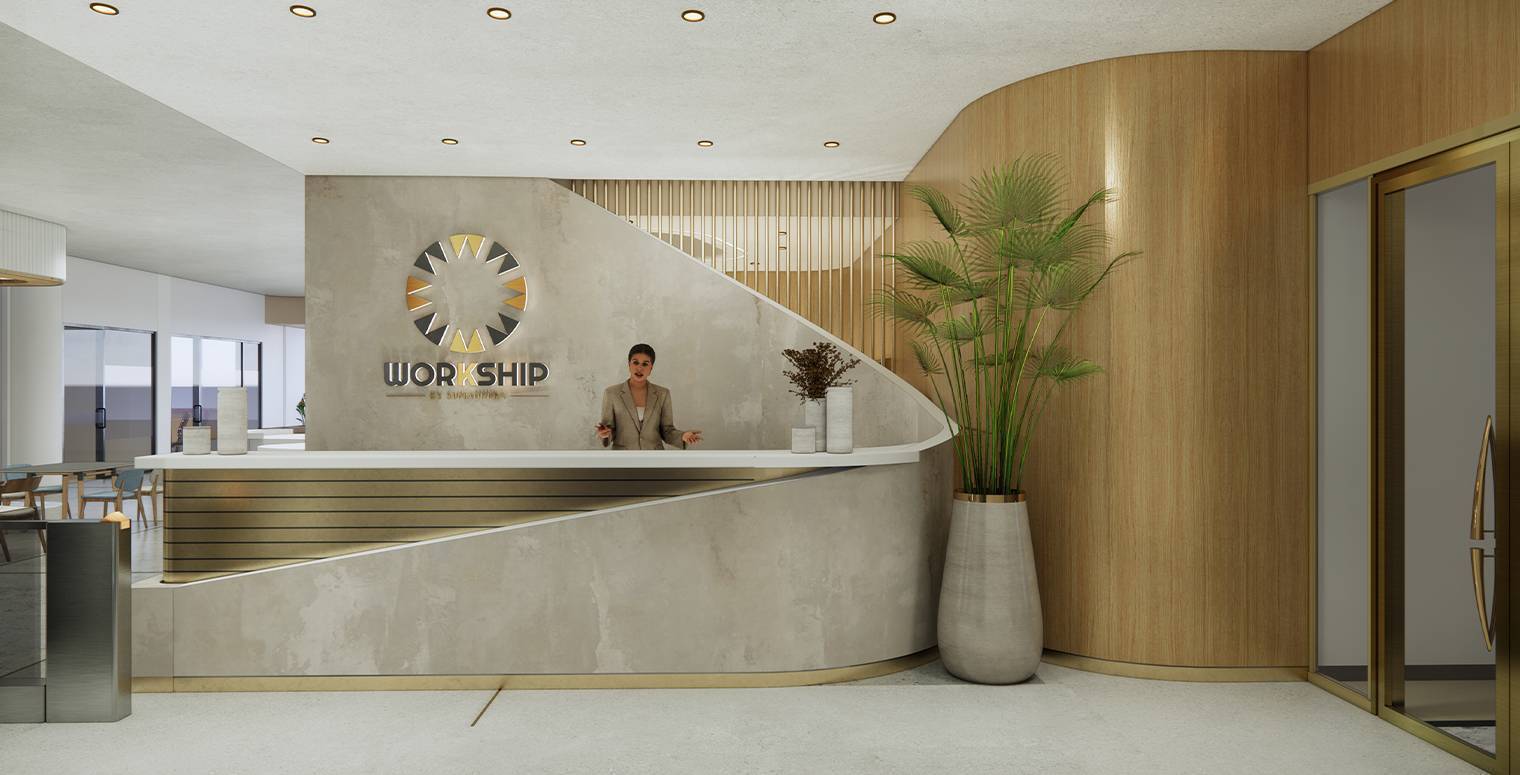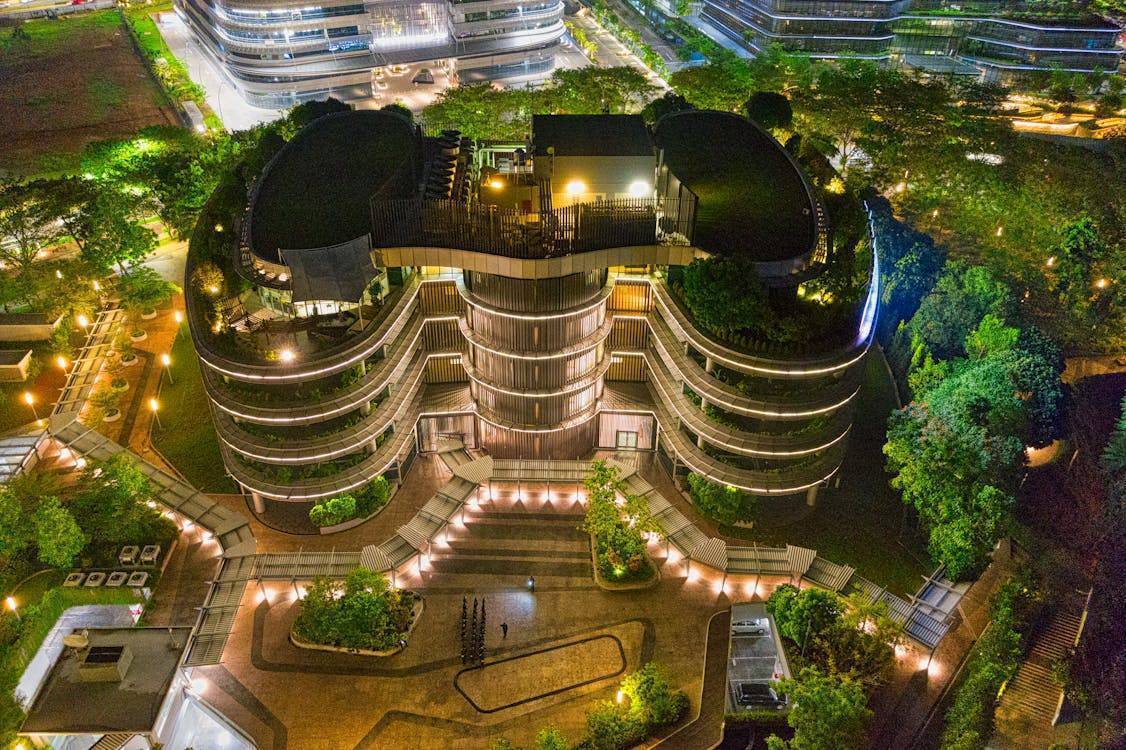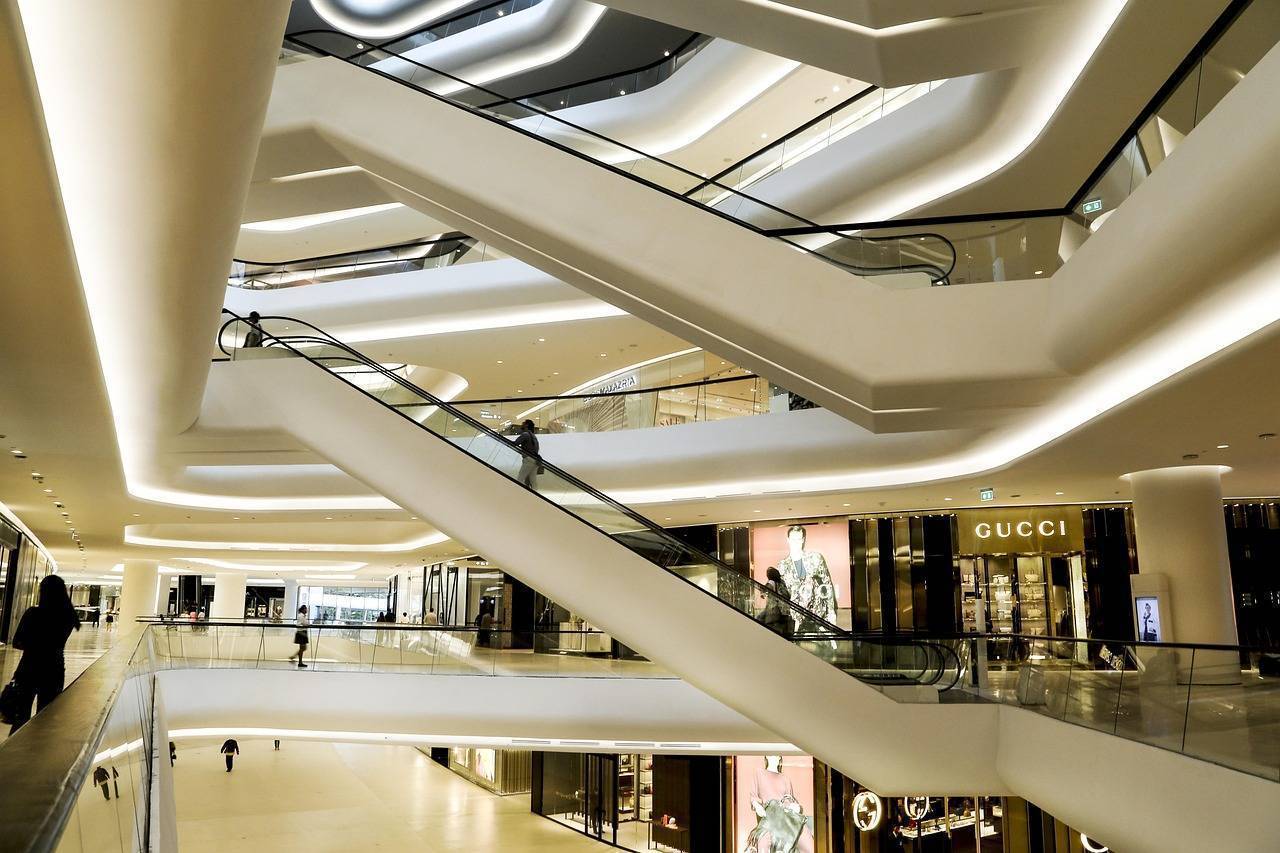Tier 1 Cities to Witness 16.6 Mn Sq Ft Mall Supply by 2026 Amid Rising Demand: Anarock Report
India’s retail real estate market is poised for robust expansion, with more than 16.6 million square feet of Grade A mall space expected to be added across Tier 1 cities between 2025 and 2026. According to a recent report by real estate consultancy Anarock, this surge is being driven by rising consumer demand, a shortfall in previous mall supply, and the evolving preferences of consumers across urban India.
Key Highlights:
- Hyderabad and Delhi-NCR to account for 65% of the new mall supply
- 16.6 million sq ft of new Grade A mall space to be added across top 7 cities (Bengaluru, Kolkata, Mumbai, Pune, Delhi-NCR, Hyderabad, and Chennai)
- Mall leasing projected to exceed 12.6 million sq ft over the next two years
- Vacancy rates expected to stabilise at 8.2% in 2025 and 8.5% in 2026
- Over 60 international brands entered India in the last four years across categories like fashion, electronics, lifestyle, and F&B
Hyderabad and Delhi-NCR at the Forefront
The report identifies Hyderabad and Delhi-NCR as the front-runners in new mall development, together accounting for a substantial 65% of the planned supply. These regions have emerged as top-tier consumption hubs, drawing significant interest from both domestic and international retailers.
This growth reflects broader urbanisation and infrastructural development in these areas. Hyderabad’s emergence as a tech hub and Delhi-NCR’s sprawling urban and peri-urban market base have made them attractive locations for organized retail expansion.
Rising Consumer Demand Driving Development
The increase in mall supply is largely attributed to growing consumption, as Indian consumers increasingly prefer modern, organised retail spaces. High-footfall locations such as malls and high streets are witnessing growing demand from both Indian and global retail brands.
Anuj Kejriwal, MD and CEO of ANAROCK Retail, pointed out that the new supply has been partly prompted by a mismatch in demand and availability over the past three years. For instance:
- In 2022, top cities saw 2.6 million sq ft of new mall supply, but leasing stood at 3.2 million sq ft
- In 2023, new supply rose to 5.3 million sq ft, while leasing reached 6.5 million sq ft
This gap indicates strong retailer interest and underlines the need for more Grade A retail infrastructure.
Tier 2 and Tier 3 Cities: New Frontiers
While Tier 1 cities remain primary growth centers, the report notes a sharp rise in consumption from Tier 2 and Tier 3 cities. Factors contributing to this include:
- Increasing disposable incomes
- Growing smartphone usage
- Expanding internet penetration
- Surging e-commerce adoption
Interestingly, e-commerce penetration in smaller towns has now surpassed that of Tier 1 cities. These cities account for 65% of all online shopping in India—a figure expected to maintain dominance through FY 2030.
With digital adoption reshaping shopping habits, these cities are also witnessing an uptick in demand for organized retail spaces, driving investor and developer interest beyond metros.
International Brands Fuel Leasing Momentum
Another major driver of this retail expansion is the influx of international brands. Over the past four years, more than 60 global names across sectors such as fashion, electronics, lifestyle, and F&B have entered India. This trend is significantly contributing to the demand for high-quality, organised retail spaces.
Retailers prefer malls for their ability to offer a curated brand mix, controlled environment, and foot traffic consistency. The rising number of international tenants further validates India’s potential as a thriving retail market.
Leasing and Vacancy Trends
Leasing activity is projected to stay strong, with over 12.6 million sq ft expected to be absorbed across the top seven cities by the end of 2026. This is a key indicator of the positive sentiment among developers, retailers, and investors.
Moreover, vacancy rates in malls—often a reflection of market health—are expected to improve. From a high of 15.5% in 2021, they are projected to reduce to 8.2% in 2025 and 8.5% in 2026, as new supply enters a more balanced and mature market environment.
The upcoming surge in mall development in India’s top cities signals a renewed confidence in physical retail, underpinned by evolving consumer preferences and strong leasing fundamentals. With Hyderabad and Delhi-NCR taking the lead and Tier 2 cities fast emerging as promising markets, India’s retail real estate sector is gearing up for a new phase of structured, high-quality expansion.
For developers and investors, the opportunity lies in timely project execution and strategic location selection. For consumers, this translates into a richer and more diverse shopping experience, both offline and online.

